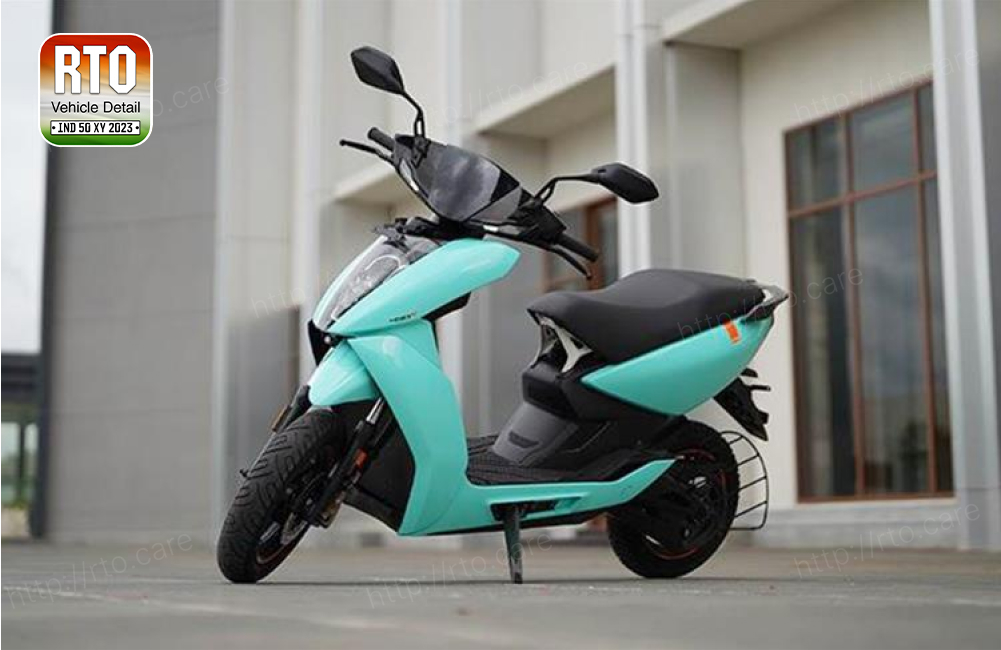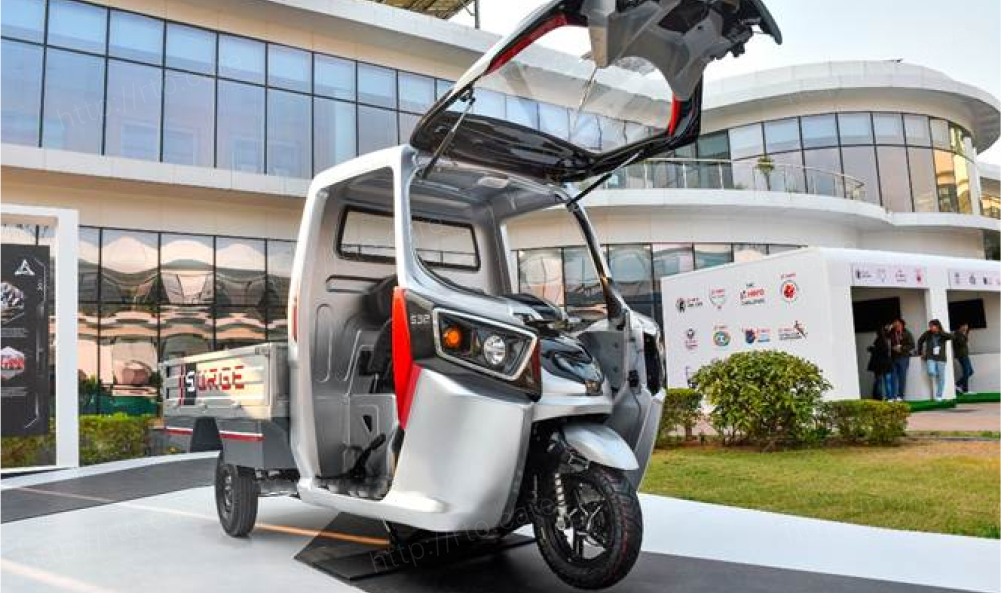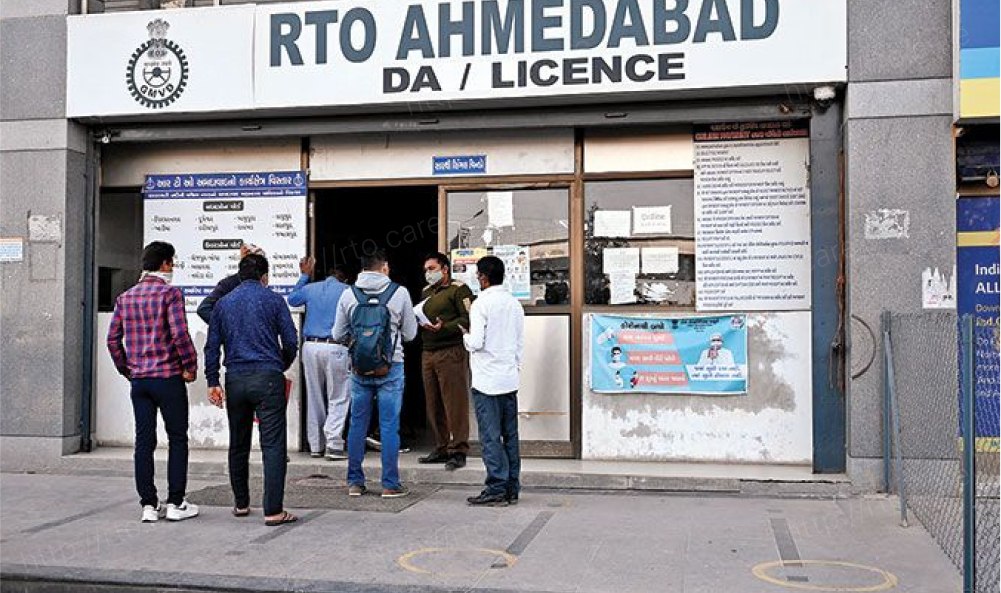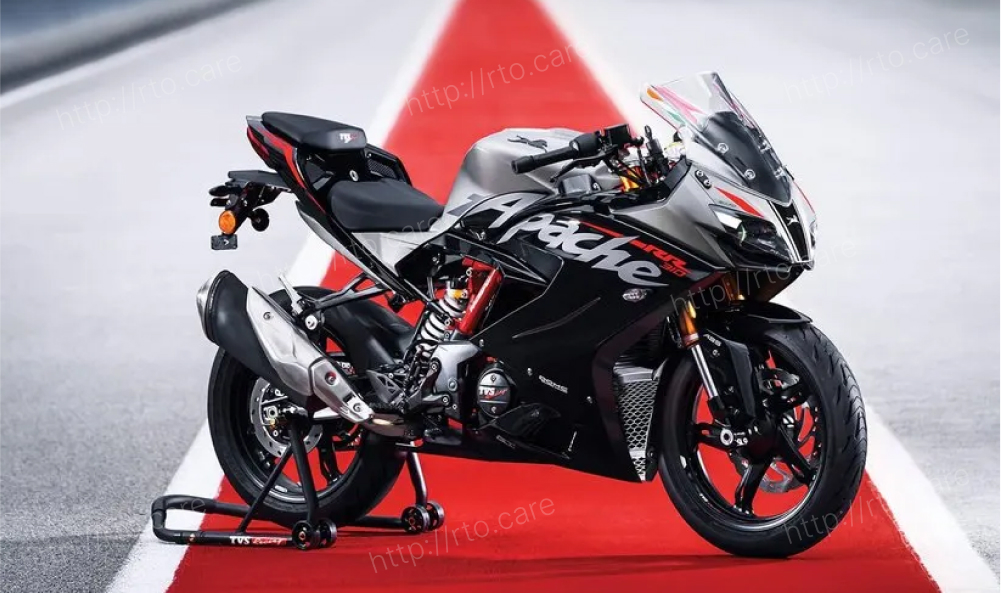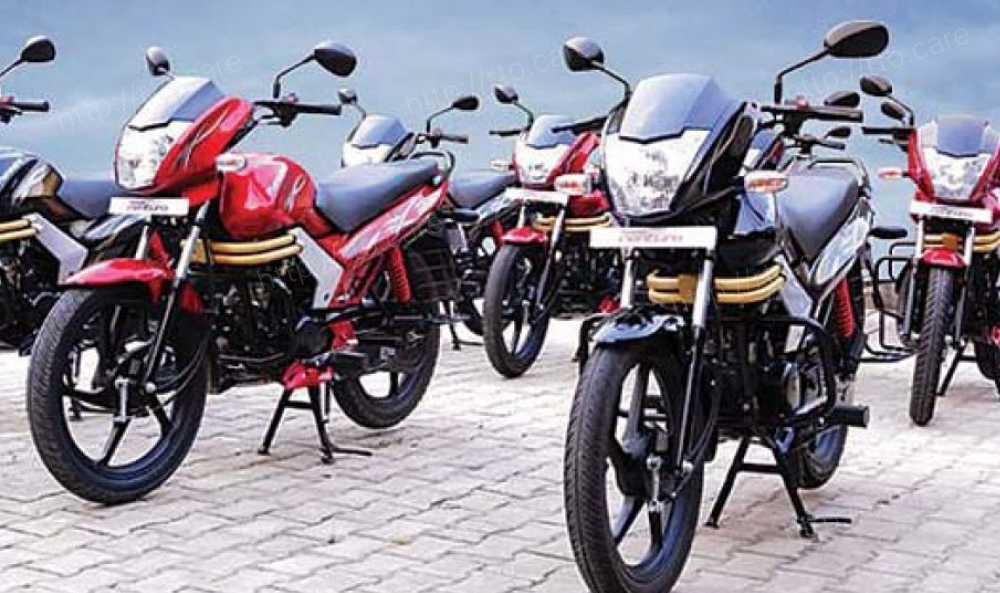The electric two-wheeler industry in India, which faced challenges due to subsidy cuts on electric vehicles (EVs), is now showing signs of recovery and is getting ready to launch new, affordable models.
Sales of high-speed electric two-wheelers rose 20% from a year ago and 2% from the previous month to 63,716 units in September, according to the government's vehicle database that records vehicle registration data.
Along with this, sales of internal combustion engine (ICE) two-wheelers also registered a growth of 22% due to increased demand during the festive season.
Sales of electric two-wheelers had dropped to 46,000 units after the government reduced incentives on EVs, resulting in a sudden increase in prices. However, analysis by equity research firm Elara Capital shows that the average monthly registration rate for electric two-wheelers in the first half of 2023-24 stood at 66,600 units, indicating continued growth. In comparison, the average monthly registration rate for the entire 2022-23 was slightly less than 60,500 units.
By the end of September, the share of electric scooters in India's total two-wheeler market was 4.9%, up from slightly less than 5% at the end of August. The electric two-wheeler market remained strong in September, with some of the top EV makers accounting for the majority of sales.
Ola Electric maintained its market lead, registering 18,635 units in September and gaining 29.2% market share. TVS Motor Company aggressively increased production of the iQube scooter, which now has 24.3% market share. Ather Energy claimed 11.2% market share, while Bajaj Auto and Greaves' Ampere stood second with 11.1% and 5.7% market share respectively.
Jai Kale, analyst at Elara Capital, said, Sales of electric two-wheelers are seeing continuous improvement. After the subsidy cut, sales increased from 46,000 units in June to 64,000 units in September. We are happy to see this contribution. “This is expected to increase further in the second half of this financial year and FY2025 as companies look to implement cost-cutting measures from suppliers to mitigate the impact of subsidy cuts and gain scale through models at competitive prices.
